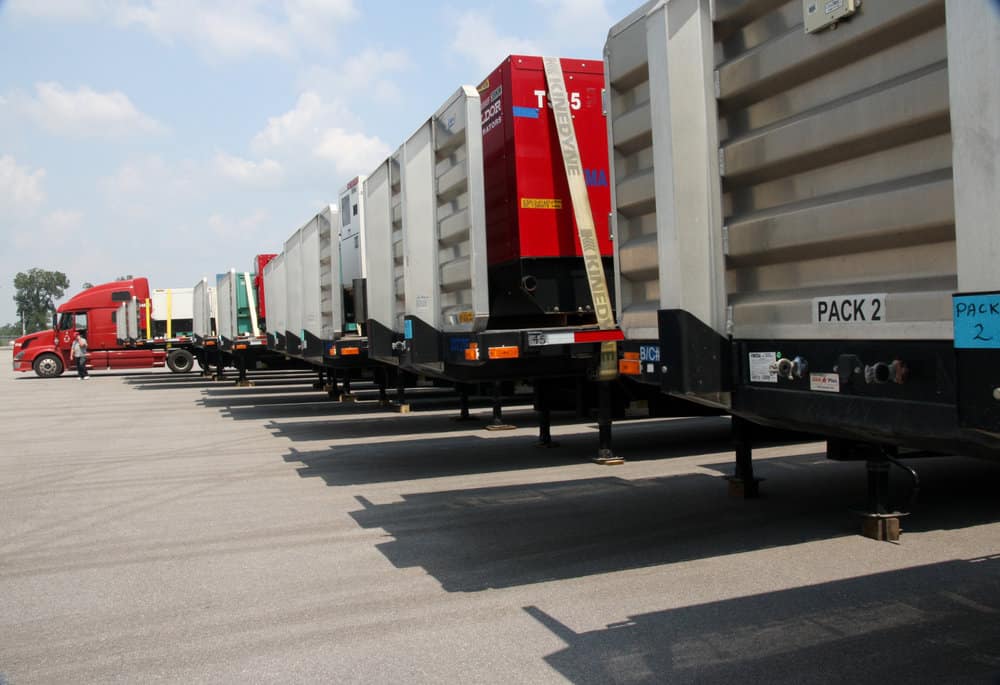
As Hurricane Harvey moves ashore, trucking will be called upon to deliver relief supplies
For trucking companies forced to weather a natural disaster, such as a hurricane, the return to normal operations can take time. Equipment may have been moved out of the region as a precaution, roads may be blocked, flooded or otherwise damaged, and customer operations may not have resumed.
It all adds up to non-productive trucks. But if you are one of the carriers that is responsible for hauling in relief supplies, disruptions to normal operations may be worth it.
David Bradford spoke to FreightWaves on how the process of moving relief supplies works. Bradford previously worked for U.S. Xpress and was involved in that company’s relief contracts.
“When it first happens, it’s totally chaotic, but once they start staging freight, it gets smoother,” he says.
Typically, Bradford relates, the government will work with a logistics provider, Lipsey Logistics Worldwide is one such company that handles government contracts, and those providers will line up carriers under contract for relief efforts.
For Harvey, U.S. Xpress Chairman Max Fuller says that relief volumes likely won’t start to appear until Sunday, although companies are now starting to prepare to provide assistance.
Sometimes, relief loads will post on load boards, but the majority of the work is handled by contracted carriers. The logistics provider will “reserve” a certain number of trucks and trailers from the carrier in case of an emergency.
In the case of a hurricane, such as Harvey, which is expected to hit the Texas coast later today, the logistics provider will activate the carrier’s capacity.
“If they feel like it is going to hit, they will task the trucks so you can move the equipment,” Bradford explains.
Trucks can be called upon to haul a variety of items, such as water, ice, meals ready to eat (MRE), portable toilets, generators, food and even building supplies. Fuel trucks are also made available to ensure vehicles are properly fueled with FEMA-purchased diesel for both the tractors – which can sit idling for days waiting for their next assignment – and refrigerated trailers, which may be used to store perishables. Often, the Red Cross will provide meals and other support for drivers.
Bradford says that a contract like this, while disruptive to regular operations, can be very profitable for a carrier.
“It is so profitable and I think customers have come to an understanding that when something happens, it’s going to be chaotic and it can drive up rates for other customers,” he says.
